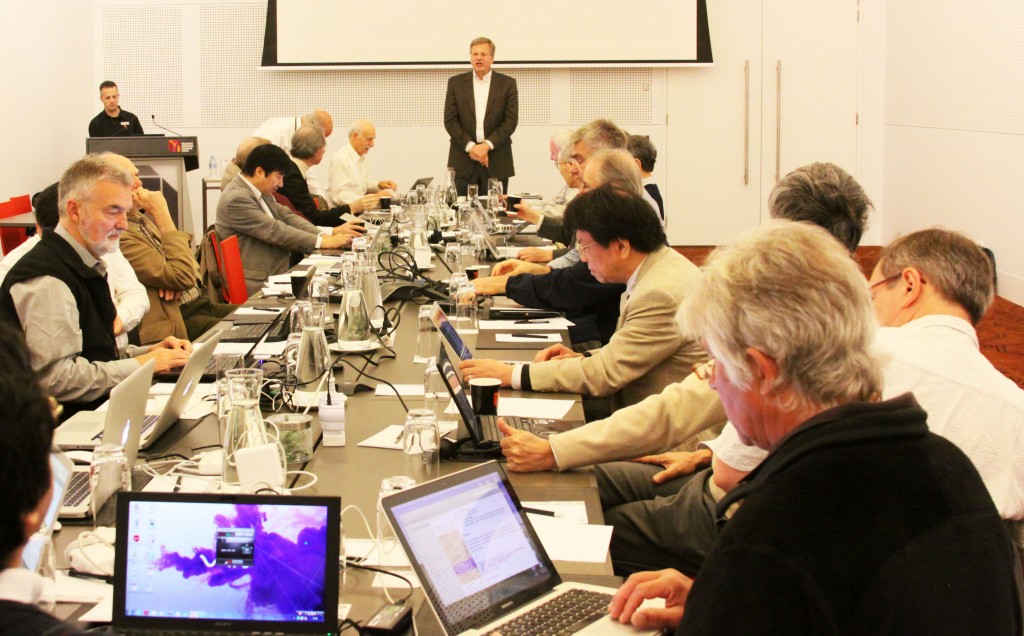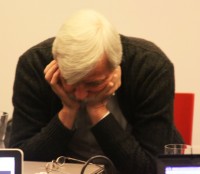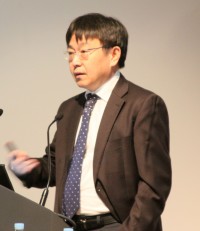In the wake of the discovery of a Higgs-like particle at CERN, the International Linear Collider Steering Committee met at ICHEP12 to orchestrate its own demise (and ours), while taking steps to put into place its (and our) replacements that will have the goal of making the linear collider the next global project in high-energy physics. At the Melbourne meeting, the ILCSC balanced its planning for receiving, reviewing and rolling-out the final ILC TDR and DBD over the coming year with plans for creating a new organisational structure to take the next steps towards a global linear collider project.
The final milestone for the GDE and Physics/Detector group is to submit near-final drafts of the TDR and DBD for review by an augmented PAC in December at KEK. The PAC, augmented by additional technical experts, will carry out an in-depth technical review of both the accelerator and detector reports. Also, a public event will follow this review in Tokyo to publicise the ILC achievement of this milestone. A separate international cost review will be conducted near the end of January 2013. The results of both reviews will be considered by ILCSC at a meeting in Vancouver at the end of February. Final revisions will be incorporated and both reports will be officially delivered to ICFA at the Lepton-Photon 2013 meeting in San Francisco in June 2013.
In parallel with completing this mandate, the new linear collider organisation will become operational. Lyn Evans has already been appointed as Linear Collider Director and he is now organising the leadership for the ILC, detectors and physics and public outreach, and we will keep you informed as that occurs over the coming months. In addition, the Linear Collider Board that will replace the ILCSC is also being formed, and tentatively, the February meeting in Vancouver will be a joint meeting between the outgoing and incoming boards.
This is an exciting time of transition for the linear collider efforts. We are busy documenting what are solid and impressive designs for both the detectors and accelerator. We have also accomplished a great deal in our R&D programmes to demonstrate that our chosen technologies are capable of meeting the demanding performance goals needed for an ILC.
We have had a big boost from the Higgs-like particle discovery. The ILC will be a powerful device to follow-up on this discovery. We will present a design in our TDR later this year that is optimised for 500 GeV, but has the flexibility to run and scan near Higgs threshold. We are also considering an alternative of first building a less expensive Higgs factory that will be upgraded in time to full energy.





Recent Comments